On the fateful day of February 24, 2022, Russian troops launched a surprise military operation, invading the eastern territory of Ukraine. In three years of active war between the two nations, Russian forces have managed to occupy 20 per cent of Ukrainian territory. As the country struggles to fight the bigger and stronger Russian forces, the Ukrainians in the Russia-occupied land are hoping for reunification.
These hopes are being kept alive by non-violent Ukrainian resistance groups. While they don’t receive any form of government support, they are standing tall against Russia out of the spirit of nationalism. They kept on reminding the world of their existence and the fact that occupied Russian territories are still Ukraine.
One such resistance group is called Yellow Ribbon. Aligning themselves with the idea of non-violence, the group members try different ways to remind the world that they are still Ukrainians. One of the members of the group sat down with Firstpost to explain how the movement works and what message they want to convey to both Russians and Ukrainians.
To keep his identity protected, the Yellow Ribbon representative had his face covered. To maintain the anonymity and safety of the individual, the representative will now be referred to as “Ivan” instead of his real name.
The story of Yellow Ribbon: The birth of the underground movement
Ivan told Firstpost that the Yellow Ribbon movement started in late April 2022, when the group came together and organised one of the biggest pro-Ukrainian meetings in Kherson, an eastern European city, which was under the occupation of Russia for eight months.
“The Yellow Ribbon is a non-violent resistance movement on temporarily occupied territories of Ukraine. We started our work in late April 2022, when we organised one of the biggest pro-Ukrainian meetings in Kherson. And since then, we spread our web of activities among the Ukrainians who wanted to join us all around from Luhansk to Crimea,” Ivan told Firstpost.
The group focusses on taking the creative route to resistance, showing how the authorities can be challenged even without violence. “So basically, we’re focussing on non-violent resistance. Like spreading graffiti, tying yellow ribbons, putting up pro-Ukrainian leaflets and conducting a lot of other activities. We’re trying to be creative in different ways and to show different options to people how to do this correctly, how to do this securely and more safely for them,” he said.
- The group functions without any government support
When asked if the movement is getting any kind of support from the government back in Kyiv, Ivan made it clear that the Yellow Ribbon gets no support or funds from the Ukrainian government. “We do not receive any type of support or fundraising from the government or any governments. We do not feel betrayed because resistance is very thin topic in Ukrainian security,” he said.
“So, any support will look like it’s funded resistance. It’s not from their heart and spirit. So, we do not encourage anybody to help us.”
“That’s why any type of our activities are organised, planned and conducted by Ukrainians on temporarily occupied territories. That’s the very important part of this process to show even without support, and funds, Ukrainians organise in big groups. Thousands of Ukrainians resist and they do this in very creative ways,” he explained.
- The Razom Chatbot
While Ivan did not share the group’s structure and plans due to security reasons, he spoke about a Ukrainian chatbot called Razom. The word means “together” in Ukrainian and the chatbot helps in filtering the users who can take part in the resistance movement. "
“We created a chatbot in Telegram. We have 30,000 users in that chatbot. So, during these three years of occupation, we grew our chatbot and showed people we could teach you to do this thing. You could choose anything you want to do with a big list of non-violent resistance methods and receive instruction on how to prepare and conduct demonstrations,” Ivan told Firstpost.
“Russians could not be verified in this chatbot. It’s the big filter in it. So, that’s why with this only chatbot, we can cover a bigger territory and bigger users. And they could do this manually when they want to without any support from coordinators,” he said.
Ivan mentioned that if someone in occupied territory needs some support, the group can help them in coordinating any of the non-violent resistance methods. “We do not work face-to-face with the activists. We keep them anonymous. We keep them safe. We do not organise any meetings or evenings where we will sit and talk,” he said. “We only do the digital part where people could safely communicate, safely receive tasks and prepare them to do some stuff.”
Life under Russian occupation
- Do the Ukrainians in Russian-occupied territory feel ‘betrayed’?
Before Russia launched a full-scale invasion into Ukrainian territory, there had been multiple warnings regarding Russia’s growing aggression on the Ukrainian border. Some experts went on to state that Ukraine just wasn’t prepared despite frequent alerts. When asked if people in occupied Russian territory feel betrayed, Ivan shared a different perspective.
“I guess nobody is fully prepared, there was the strong belief that Russia wouldn’t dare launch a full-scale invasion of Ukraine. Yes, some type of ground force activities on the front lines would happen, but they did not calculate that Russia would use their air forces, strategic bombers, and strategic aeroplanes and launch a full-scale invasion in different directions, to Kyiv, Kherson, Odesa, not only focusing on Donbas region. But you cannot be prepared for anything,” he said.
“Any country in the world cannot be prepared for a full-scale invasion with an aggressor who is 10 times bigger. But in the first few days, we saw that Ukraine easily organised itself into a few different groups, armed forces, volunteers, and people, and everybody worked on one goal, just to stop Russian aggression, just to stop the Russian movement towards Ukraine,” Ivan added.
Throughout the war, Ukrainian civilians who wanted to get out of the clutches of Russians did help the country’s military in one way or another. One such example was when some people in then-occupied Kherson provided intelligence to Ukrainian forces while they were planning their counter-offence. This helped the city to be liberated by November 2022.
“Yellow Ribbon, in that case, does not participate in any of these types of activities. We do not use our web of activities just to guide Ukrainian missiles, for example. But we know on temporarily occupied territories, there are a lot of these cases, Ukrainians working on the intelligence, on that information, to entrust them to armed forces,” Ivan told Firstpost.
“Russians see this as a dangerous point for them on the temporary occupied territories. Yeah, they could easily fight on the front lines with a lot of losses, but they do not keep up with everything that’s going on their back. And they just could not allocate so many military policemen to check every Ukrainian. They cannot stop any resistance wave in occupied territories and that’s why this is so important,” he added.
- But life in Russian occupations comes with challenges
While Ivan said that Russia cannot eliminate the Ukrainian resistance movement, he admitted that there are all sorts of restrictions imposed on the occupied territories. He noted that Russians are making the lives of Ukrainians in the region harder and harder with constant psychological pressures to make them get a Russian passport.
“Russian forces monitoring phones, social media, even private conversation in case finding pro-Ukrainian people who are supporting resistance, who are supporting armed forces just to stop this on occupied territories, because they feel unsafe,” Ivan said.
“They know it’s dangerous for them to see any type of resistance on occupied territories. People are detained for having the Ukrainian flag emerging in their messages or nicknames, phones, documents and tattoos are checked at checkpoints.”
During the conversation with Firstpost, Ivan also raised logistical challenges Ukrainians face in these regions. “There are many areas on occupied territories that lack basic medicines because of problems in logistics and Russians just cannot keep up with the needs of Ukrainians and the needs of people in occupied territories in food, water supply, gas, medicine, drugs, etc.”
Hope hinges on a ceasefire
Shortly after US President Donald Trump returned to the White House, the American, Ukrainian and Russian delegations are engaged in ceasefire talks. With Trump’s inclination towards Putin, many believe that Ukraine might end up getting the short end of the stick. When asked about what Ukrainians are hoping from the ceasefire, Ivan said they are hoping that the country’s sovereignty is protected.
“The ceasefire talks and these diplomatic efforts spark a lot of concerns in Ukraine and among its allies, not only on the people on the occupied territories. These talks and this process may be useful only if the world will stay rooted to Ukraine’s sovereignty and victory and help Ukraine to win in this war,” he told Firstpost.
“If the ceasefire leaves Russia in control of temporarily occupied territories for big periods, so it’s not peace, that’s that’s not fine. But any geopolitics, any diplomatic efforts will not stop Ukrainian resistance on occupied territories.”
When asked what would happen if a truce deal did not entail the occupied land being given back to Ukraine, Ivan reiterated that the resistance would continue. “We will go deeper underground. That’s why we keep working on upgrading our counter-surveillance methods, and our chatbot and creating lots of different methods of non-violent resistance in case Russians stop the logistics of blue and yellow paints to temporarily occupied territories. We can use different colours anyway, or we can mix them. We can create a lot of different methods that Russians could just not be aware of. So, we will go deeper.”
“We may even allow different online courses in studying, for example, the Ukrainian language, just keeping it alive on temporarily occupied territories. We will stick to the plan of giving Ukrainians VPN services that will be safe for them and not suspicious, and they will have the fastest and most secure connection with their relatives or friends in control areas of Ukraine,” he added.
Future of the two presidents
- Ukrainians still have faith in Zelenskyy
When asked about Volodymyr Zelenskyy’s popularity in temporarily occupied territories, Ivan maintained that people in the region still consider him the “voice of Ukrainians”.
“Let’s divide occupied territories into the ones that were occupied in 2014 and those that were occupied in 2022. There is a lot of support for Vladimir Zelensky since 2018, when he was chosen to be the president,” Ivan recalled.
“They (Ukrainians) saw him as the first biggest leader of Ukraine, who is willing to say no to a lot of foreign countries, foreign leaders, especially to Vladimir Putin, and encourage them even to do resistance. So they are fine.”
“In today’s circumstances, it won’t change. He is the voice of Ukrainians and he translates that Ukrainian energy all around the globe. We will not stop resisting. We will not stop working on the liberation of our people,” he added.
- Will Putin be held accountable for his action?
When asked if Russian President Vladimir Putin will be ever held accountable for the war, Ivan emphasised that justice is not about one country leading the negotiation process. “Putin’s team murdered a lot of people. Ukraine is making sure that the world won’t forget this,” Ivan said.
“And our message is just to continue to see how Ukrainians resist every day on occupied territories. That’s why we need your help to liberate our people,” he added.
Resistance in the age of social media
One of the key aspects of the Yellow Ribbon movement is that it spreads awareness and mostly operates digitally. When asked about how social media has changed the way people can resist repression, Ivan emphasised that it is an important element.
“The media representation of any type of resistance is very important. So, without it, resistance could not happen easily. More people we’ll see in Ukraine and occupied territories especially, that they are not alone,” he told Firstpost.
We have reached 3️⃣0️⃣0️⃣0️⃣ followers!
— Yellow Ribbon (@yellowribbonENG) March 28, 2025
Thank you all for being part of this resistance! 💙💛 pic.twitter.com/z6AlDdXXOI
“There are thousands and tens of thousands of Ukrainians who are willing to do dangerous activities to show the world that that’s why you need to help Ukraine to re-occupy these territories. Because there are people who have been waiting for liberation since 2014.”
Ivan insisted that social media is important for these resistance groups to counter Russian propaganda in the global sphere. “They will write, like, everything is fine in this territory. We will post, no, it’s not fine. You are just making the lives of Ukrainians and people in occupied territories worse and worse every day. And we’re showing them,” he added.
Challenges that come with it
In May 2024, a Russian-controlled ‘court’ in Simferopol sentenced 35-year-old Mykola Onuk to five years of imprisonment. He was convicted of ‘discrediting Russia’s use of its armed forces for the defence of Russia’s interests, and those of its citizens’. Multiple reports suggested that Onuk was part of the Yellow Ribbon movement.
For safety reasons, Ivan did not give clarity on that. However, when asked about the case, he blamed the Russian propaganda. “Just to be clear, Mykola did not use any weapons. He did not attack anyone. He may be not part of any resistance group. We know that maybe he is part of something because Russians say so. It’s convenient to them to show that, yeah, we’ll stop any type of resistance,” Ivan averred.
“Mykola, for example, I cannot confirm if he is the activist of our movement or not, just to not make his life worse. But you could be easily detained, and arrested because you are Ukrainian on occupied territories.”
“The story of Mykola shows us, like, people, despite these fears, despite dangerous activity and consciousness, could easily do resistance on everyday basics just to help liberate this territory,” he added. Ivan emphasised that while there are challenges, the movement remains resilient. “They could easily stop one or two people. But they cannot stop tens and thousands of Ukrainians who do the same work every day,” he said.
In his message to the world, the Yellow Ribbon representative emphasised that the purpose of the movement is to liberate people’s minds. “We’re trying to liberate people’s minds and hearts on occupied territories who are willing to do dangerous activities just to help Ukraine liberate them. Maybe for Russia, it’s about their politics. It’s about territories and resources. For Ukraine, it’s about people. That’s the important part,” he concluded.
Maybe the next time you see a yellow ribbon somewhere, it may remind you that there are Ukrainians who are silently but resolutely resisting the invasion of their country by the Russian troops.


)
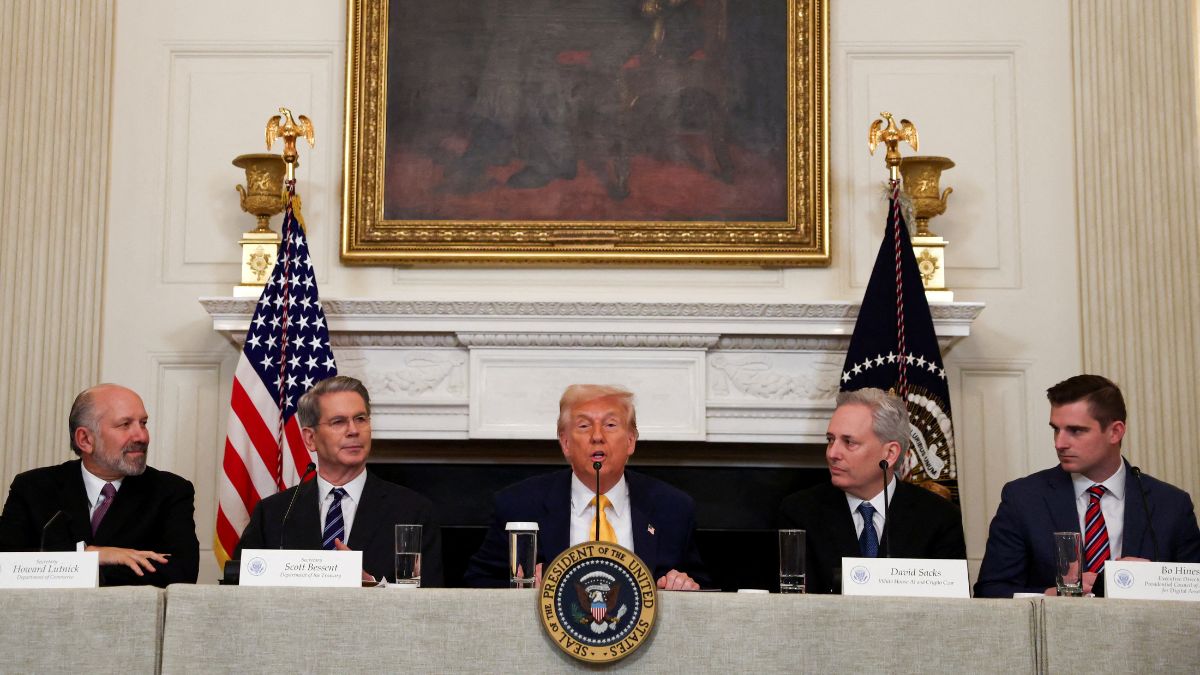)
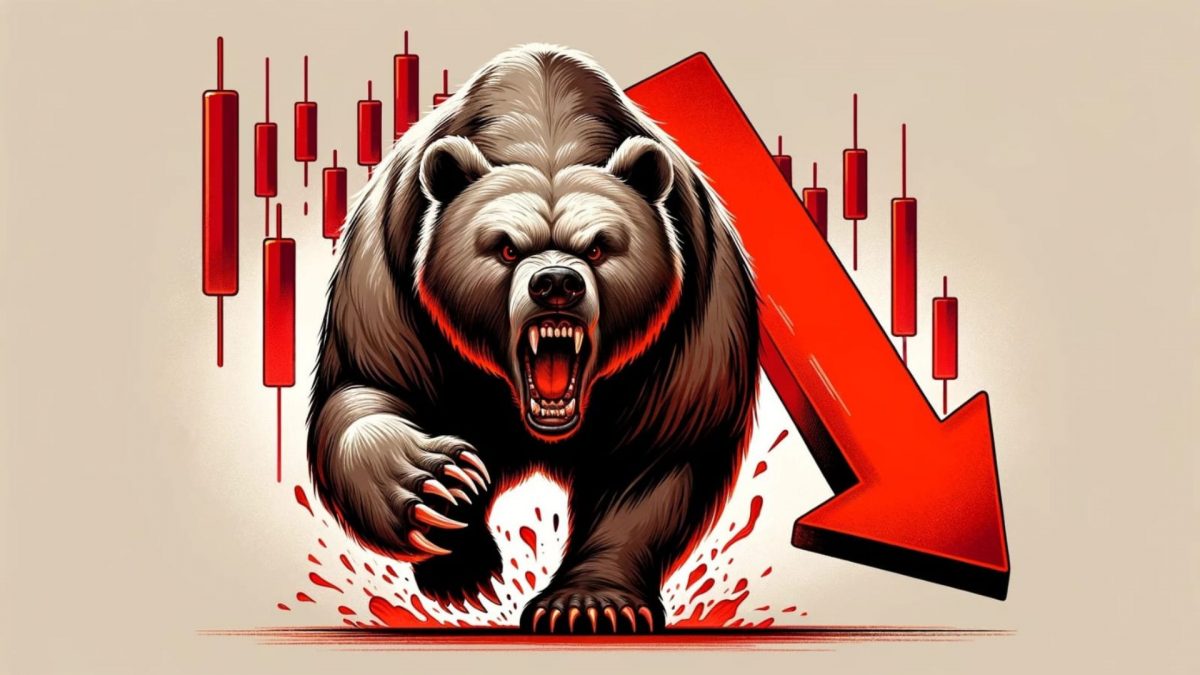)
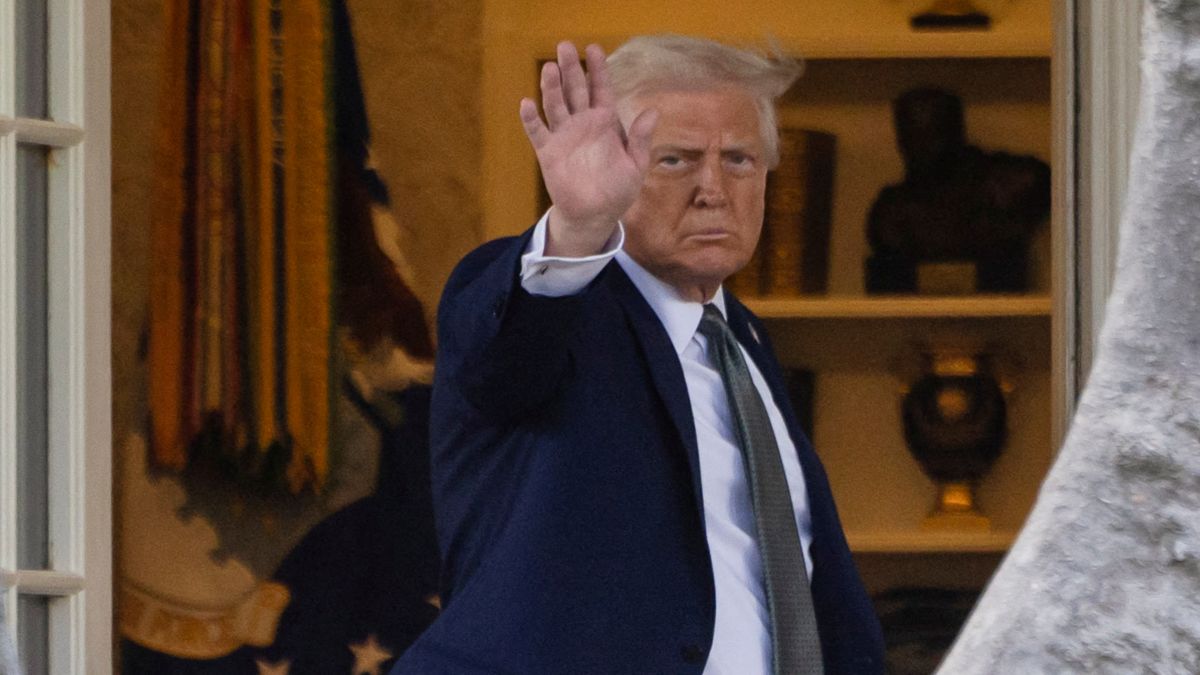)
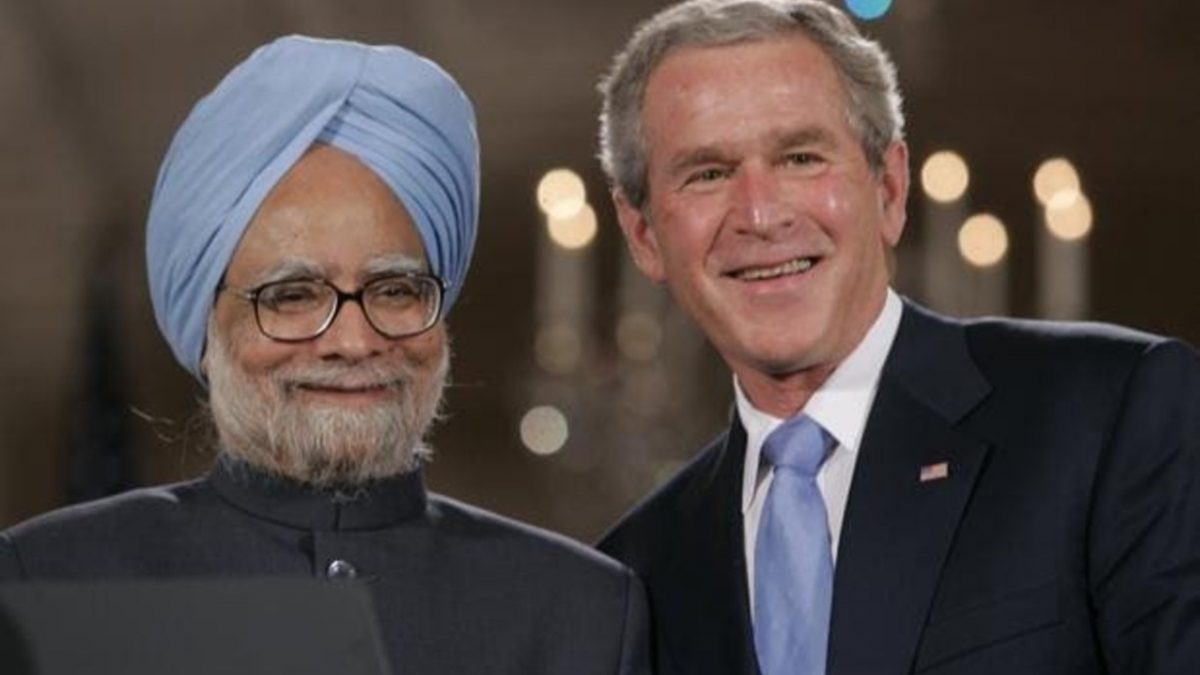)
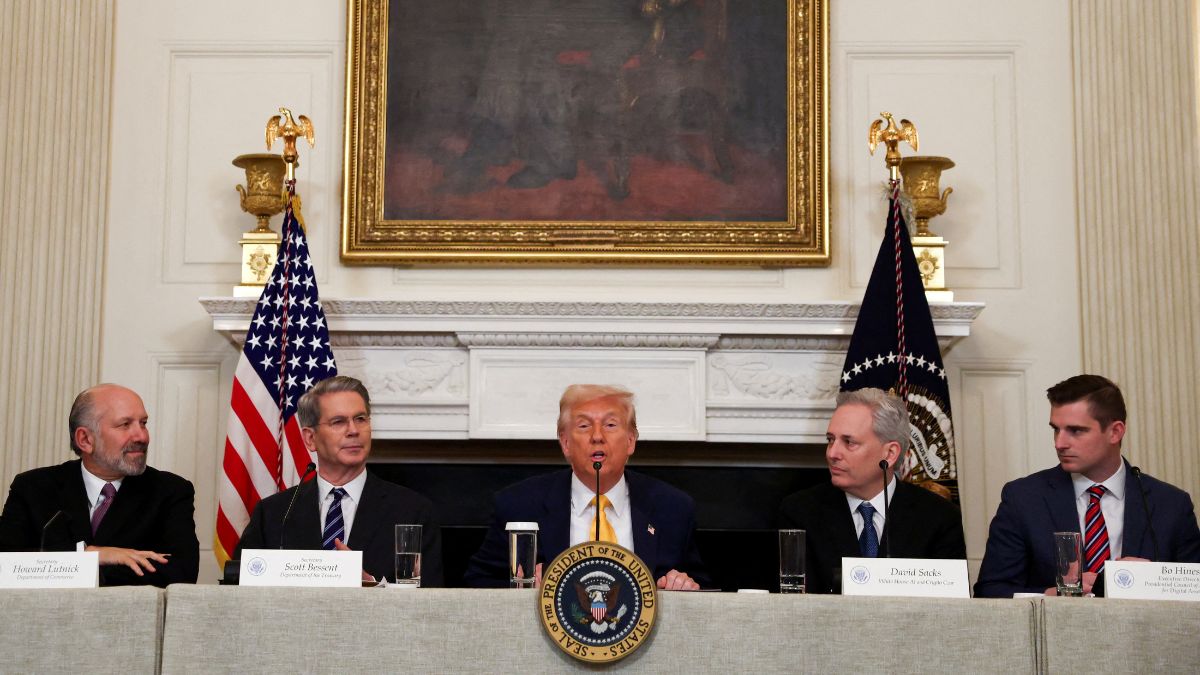)
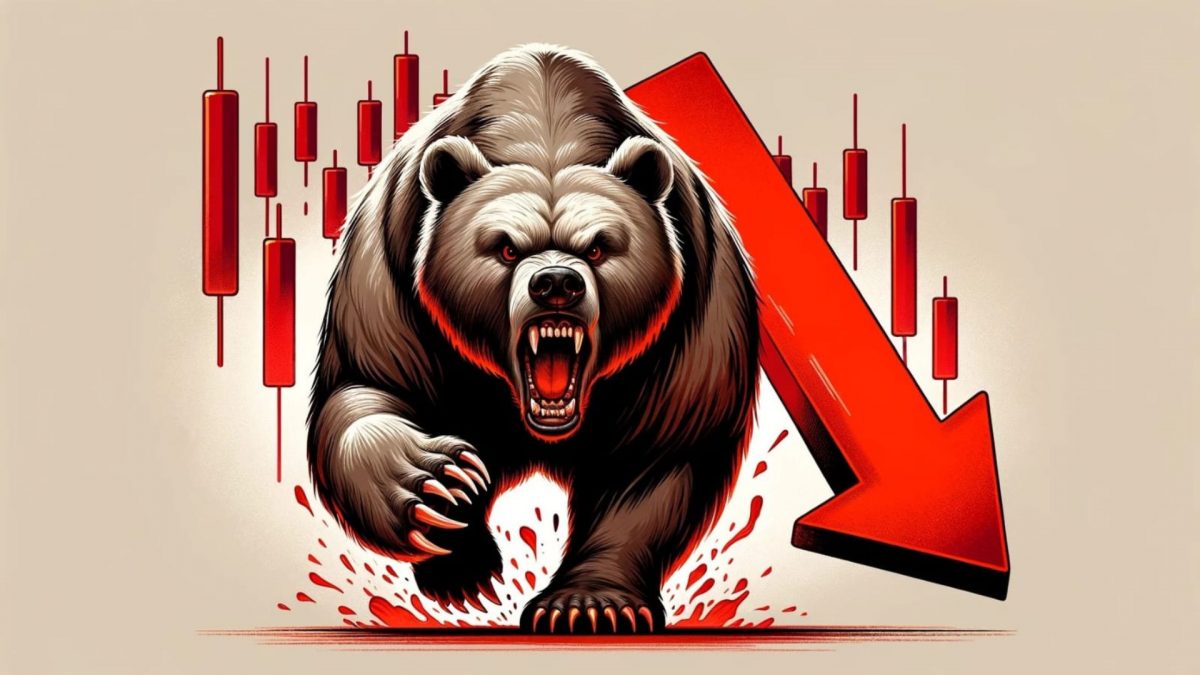)
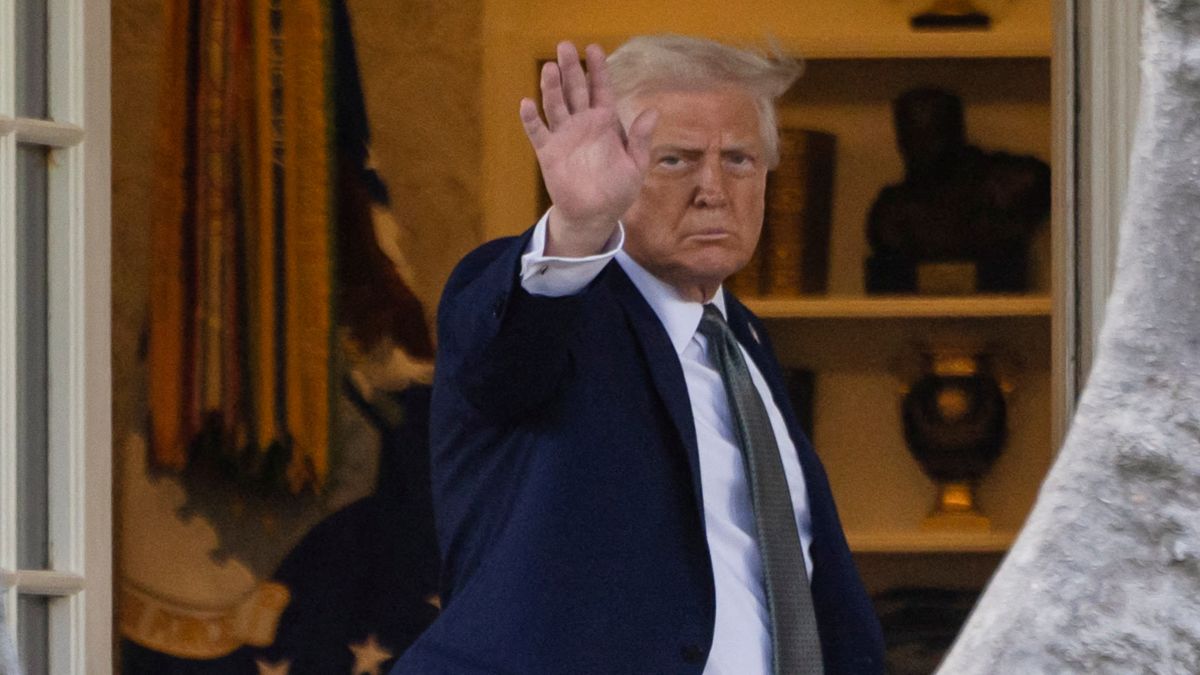)
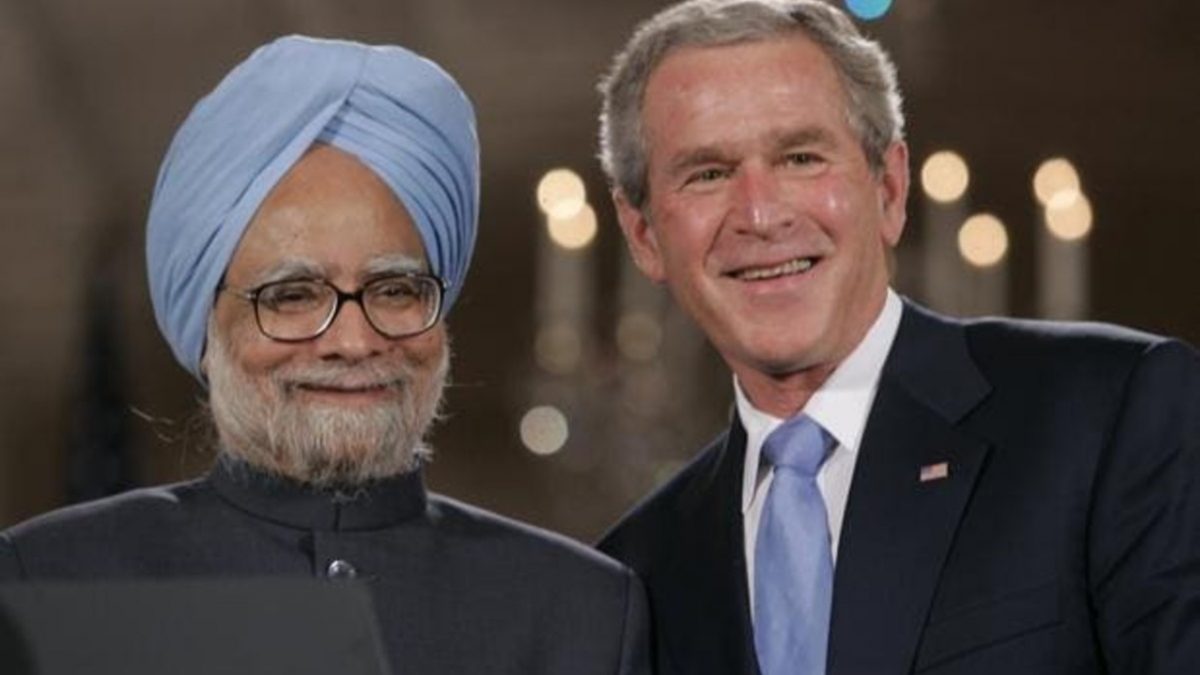)



